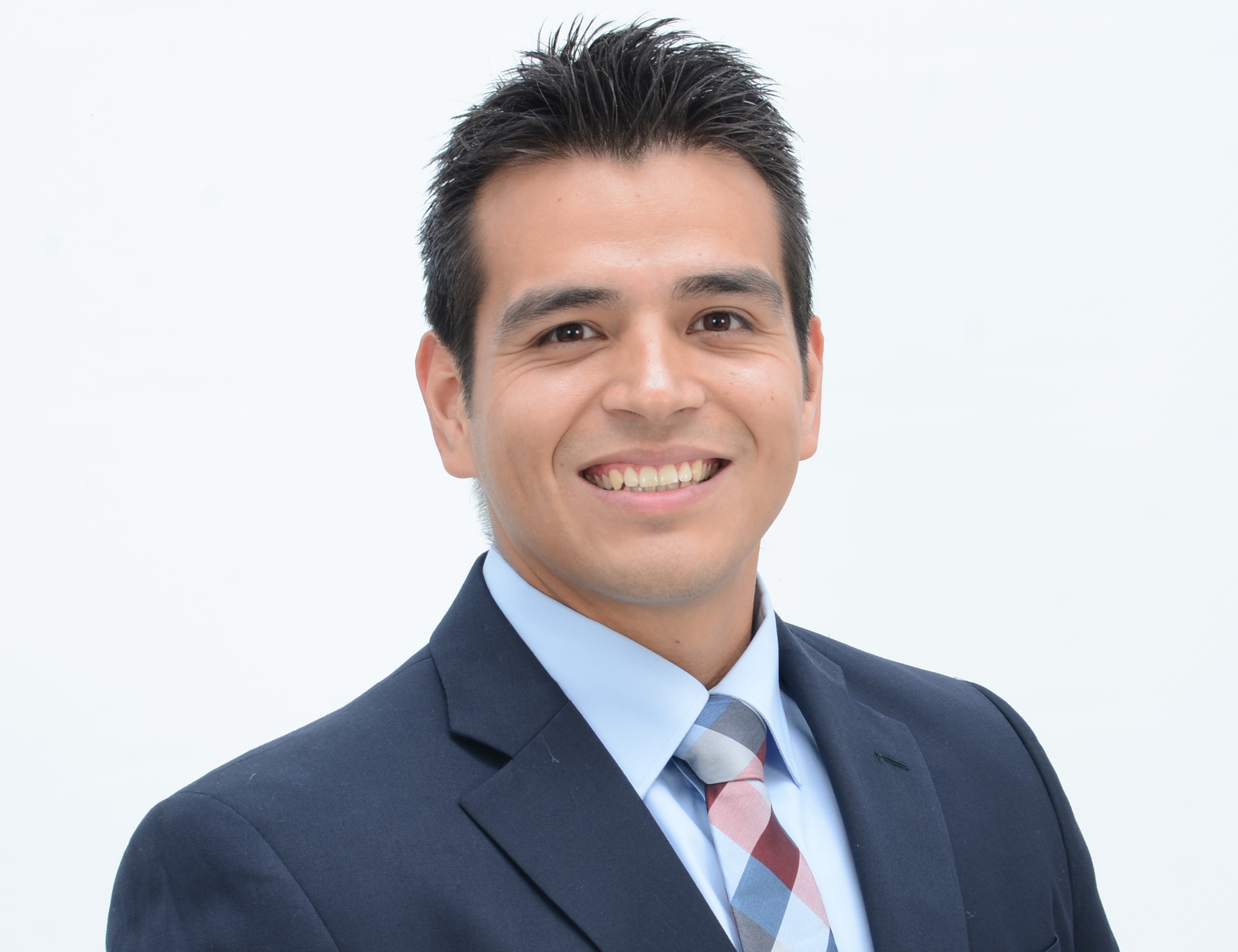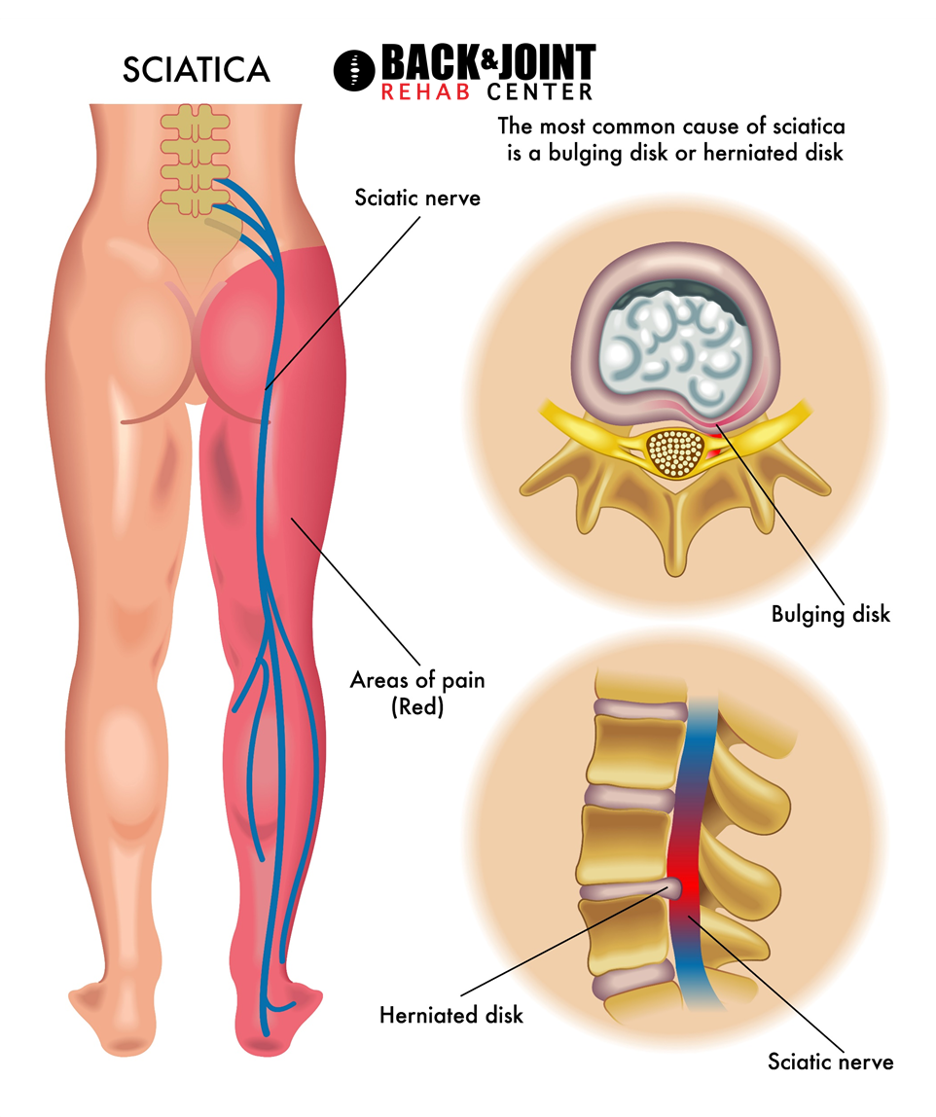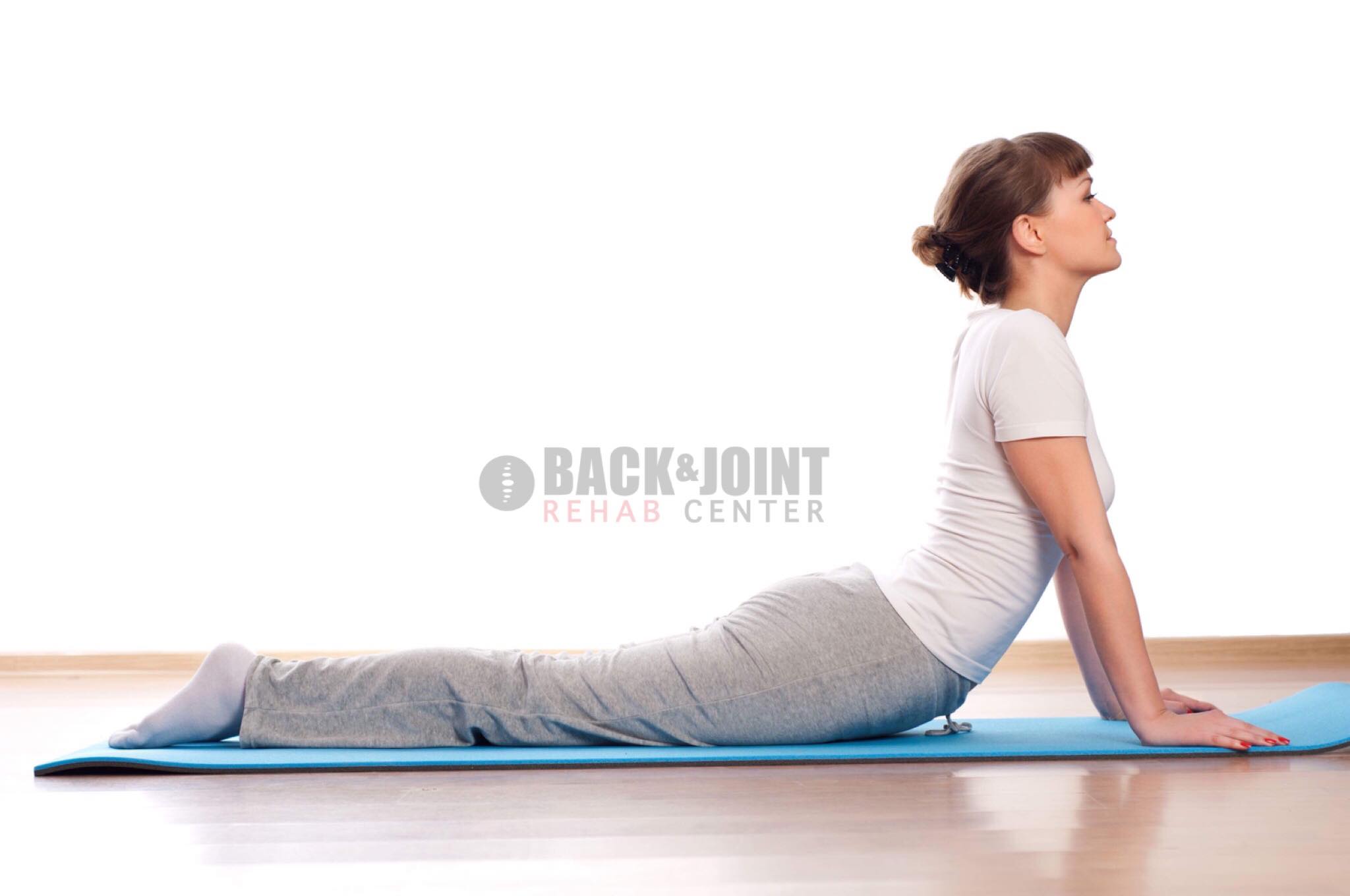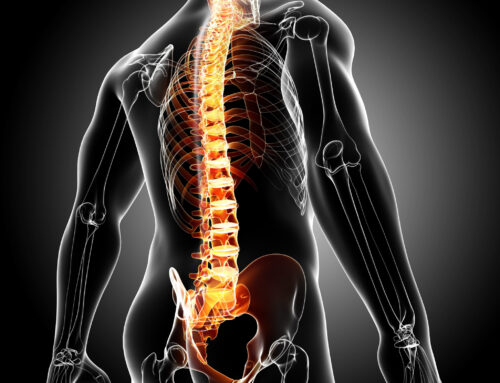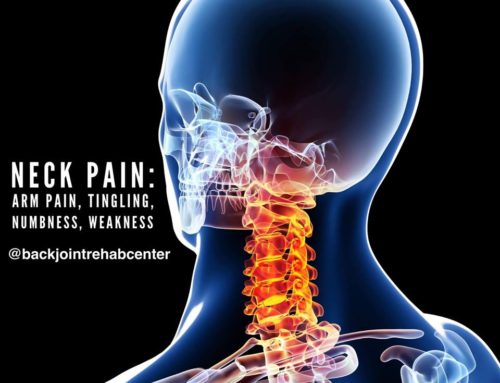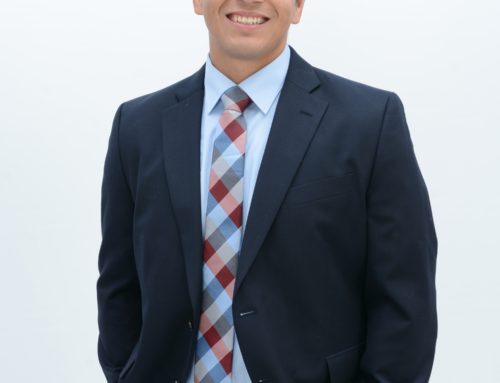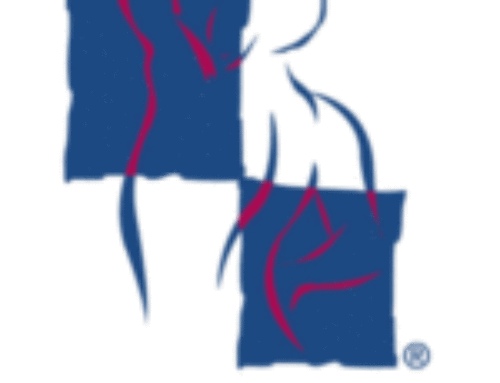According to the National Institute of Neurological Disorders and Strokes, 80% of the population will experience lower back pain at some point in their lives. Lower back pain & sciatica are a leading contributor to missed work days. When you experience low back pain or sciatica you need to feel relief quickly so you can return to normal life as soon as possible. This is why lower back pain exercises are most effective when they are specific to the patient presentation. When performing lower back pain exercises, the most common error is doing too much. Patients are willing to try anything to find relief, but quite frequently find no relief on their own due to ineffective strategies. The pain can get worse and begin traveling down the butt, thigh or leg. This is commonly considered sciatica; however, most commonly it is due to a herniated disc. This is of little concern early on, but it can worsen requiring more aggressive treatment strategy. Many forms of physical therapy & chiropractic care can quickly resolve lower back pain & sciatica if professional intervention is sought out early in the onset of symptoms.
Symptoms
The most common symptoms is pain ranging from dull to sharp pains including aches, stiffness, tightness, throbbing, or burning sensations. Other symptoms associated with lower back pain are: numbness, weakness, tingling, or pins & needles. These lower back pain episodes can lead to difficulty in bending over, standing up straight, rising from seated position, getting out of bed, walking, or even sitting. The length of how long back pain is present varies in individuals; chronic back pain is considered to be pain lasting greater than 3 months.
Causes
Typically, we find that the most common cause for lower back pain is by performing something that is a part of your routine and have been doing for years. Most commonly, lower back pain & sciatica occurs for no apparent reason. The accumulation of posture and repetitive activity in your daily routine creates imbalances in how often you move, exercise, or maintain a sitting posture for prolong period of time. “It’s the straw that broke the camel’s back.” People report, “I hurt my back by bending over, twisting, getting out of a chair, getting out of bed, reaching for something.” We like to believe that lower back pain that is excruciating needs to be the result of something severe, however, that is a misconception about lower back pain & sciatica episodes.
Herniated Disc
A herniated disc refers to the inner nucleus protruding through the outer layer of the annulus of the vertebral disc. Herniated disc are extremely common and the reason for disc bulge as an never ending list of factors including age, weight, height, level of activity, nutrition, posture, or injury. However, just because there is a herniated disc, research shows that majority of the population with a herniated disc will have no symptoms. Lower back pain or sciatica associated with a bulging disc will produce pain that can shoot down the 1 arm or both arms; it can shoot pain down 1 leg or both legs. When a bulging disc is present in the neck or lower back, it can affect the nerve exiting near the spine. This can also lead to symptoms of tingling, numbness, weakness, or pain. Most herniated disc can resolve with some form of physical therapy, such as McKenzie Therapy, which happens to be the leading non-surgical therapy for spinal conditions. We are the only Chiropractor in Northwest Indiana to be credentialed in McKenzie Therapy. McKenzie Therapy is a specific form of physical therapy that focuses on eliminating pain through lower back exercises. McKenzie Therapy can be used for neck exercises as well.
Sciatica
Sciatica refers to pain that travels down the path of the sciatic nerve. Lower back pain and sciatica are commonly seen present together, influenced by a bulging disc affecting the sciatic nerve. Typically, sciatica only affects 1 leg and pain can travel all the way down the leg or partially. For instance, sciatica can have pain travel to the butt. It can have pain travel to the back, butt, and thigh. It can also have pain travel to the back, butt, thigh, and lower leg including the foot. It may feel like an electric shock or sharp stabbing pain. It can be debilitating pain affecting your ability to stand, walk, sit, rise out of chair, or bend over.
Treatment
According to the National Institute of Neurological Disorders and Strokes, most lower back pain is mechanical in nature. Therefore, we recommend lower back pain exercises or lower back pain stretches. These lower back pain exercises and stretches are not random movements. Using a specific form of physical therapy, McKenzie Therapy, we are able to help patients with specific lower back pain exercises that patients are able to perform throughout the day at home or work. These exercises may include laying on the ground on your stomach or back. Sometimes these lower back pain exercises include being seated in a chair to stretch the spine in directional preferences. The most efficient lower back pain stretch will be the exercise that quickly centralizes the pain. Centralization refers to the phenomenon that occurs when leg pain is present. When leg pain is present and the appropriate lower back pain exercise can be administered, pain will begin to move up the leg to the spine, at the origin of the problem. However, when the wrong movement or posture is performed, pain will be able peripheralize, which refers to pain traveling or shooting down the leg. Dr. Del Real is a chiropractor in Crown Point Indiana and is the only chiropractor credentialed in McKenzie Therapy. McKenzie Therapy helps teach patients how they can quickly get rid of lower back pain & sciatica with specific lower back exercises.
In some cases patients have an episode of lower back pain & sciatica because of mechanical & inflammatory influences. Therefore, a combination of lower back pain exercise and anti-inflammatory medication may be necessary to collectively help the patient. Steroid injections, surgery, narcotics, opiods, and muscle relaxants are also performed for lower back pain, sciatica, and herniated discs. However, aggressive forms of care should be utilized conservatively. Preventative measure can also be used by the patient by improving posture, increasing activity, being more balanced of moving throughout the day, and exercising.
For more information about McKenzie Therapy visit: https://www.mckenzieinstituteusa.org/method-patients.cfm
For more information about Lower Back Pain visit: https://www.webmd.com/back-pain/ss/slideshow-low-back-pain-overview
For more information about Sciatica visit: https://www.mayoclinic.org/diseases-conditions/sciatica/diagnosis-treatment/drc-20377441
For more information about Herniated Disc visit: https://www.mayoclinic.org/diseases-conditions/herniated-disk/symptoms-causes/syc-20354095

